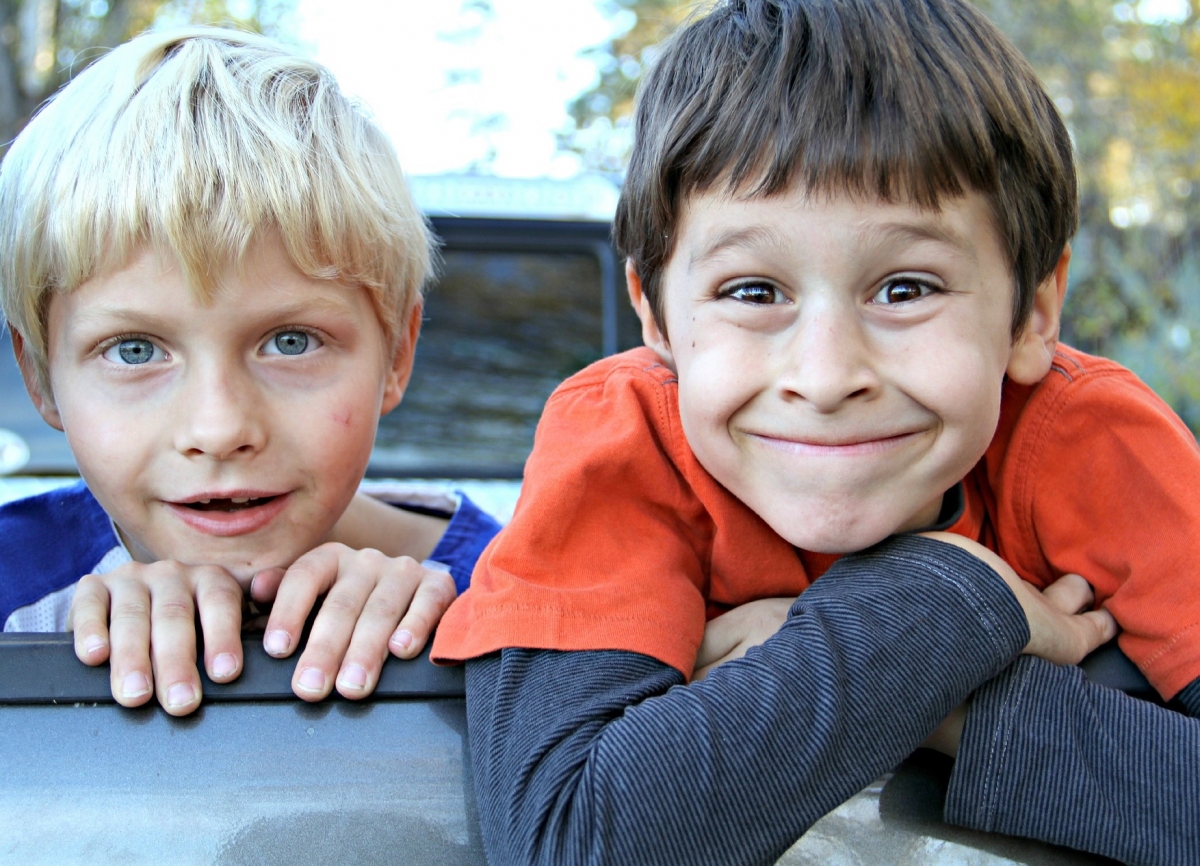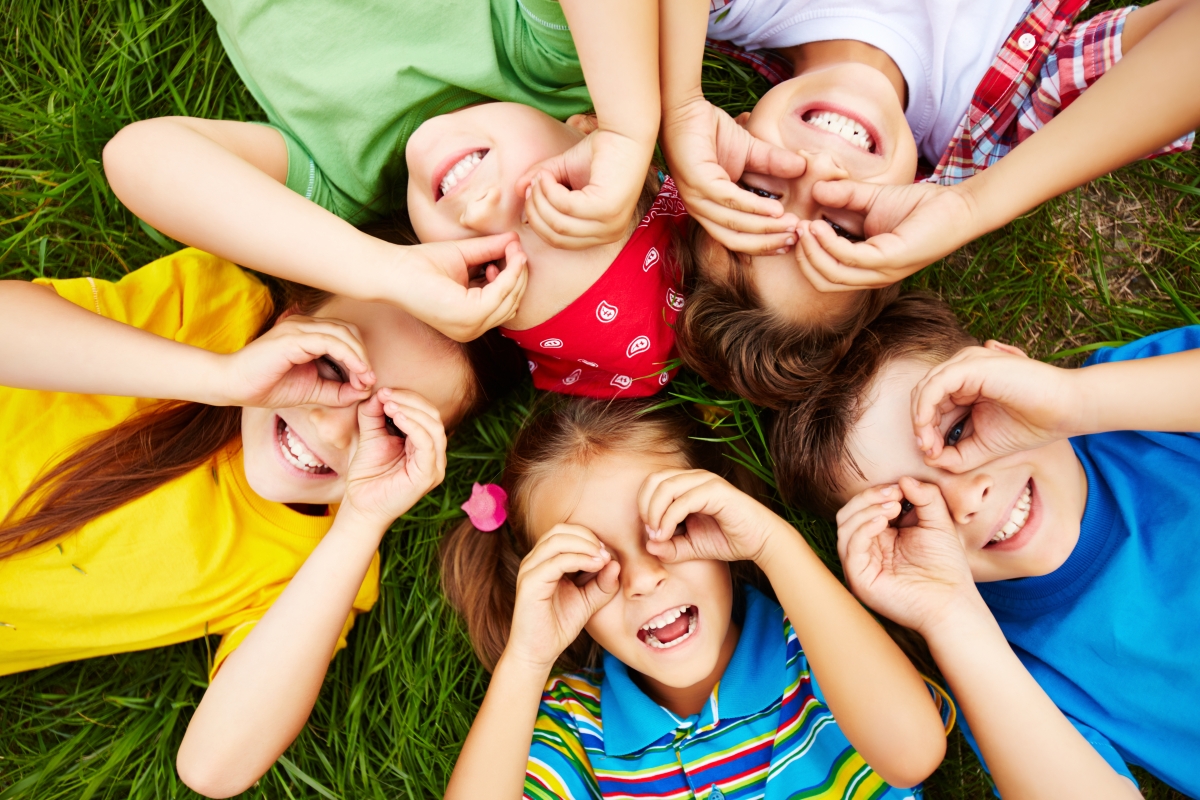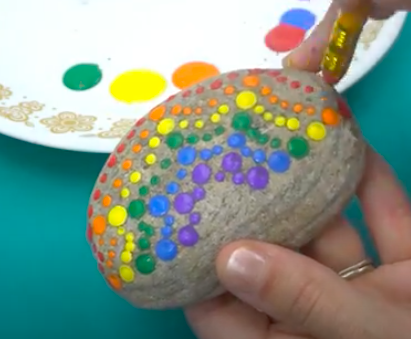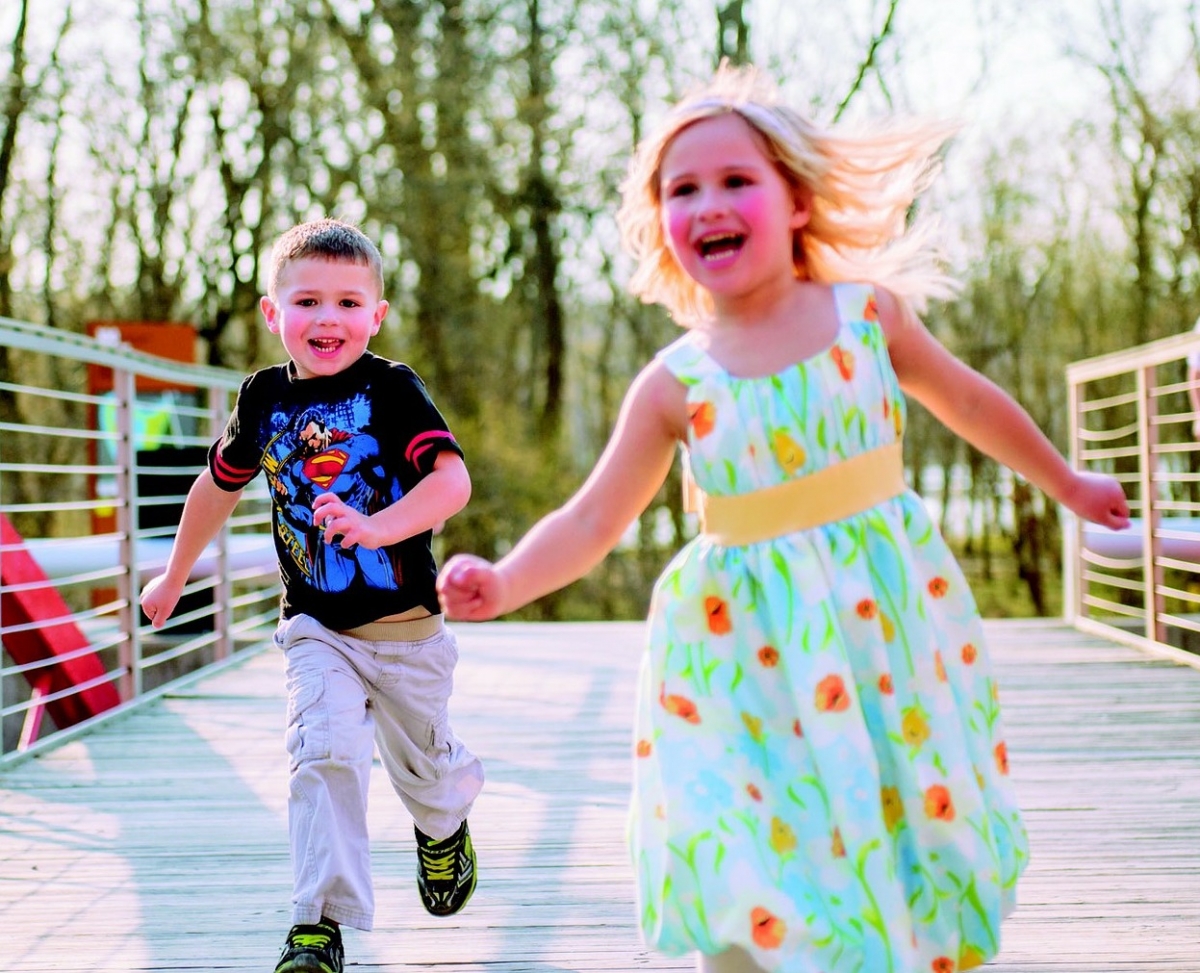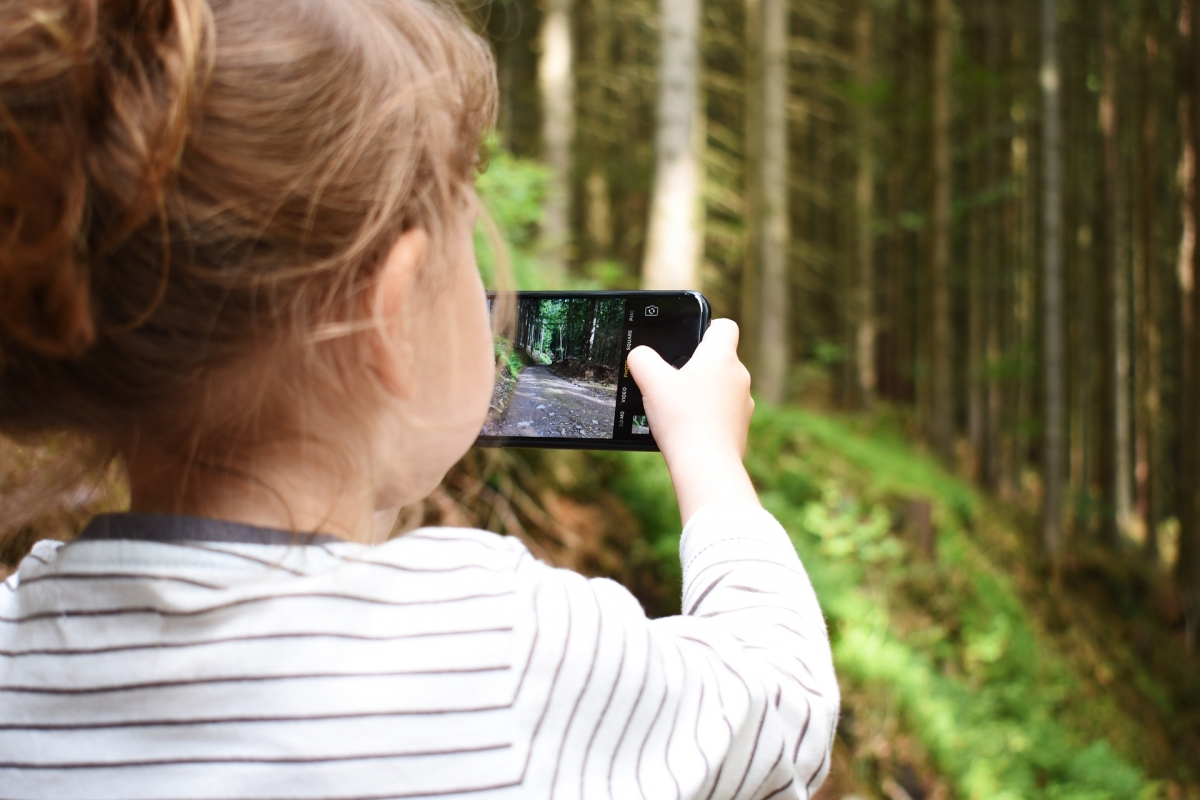 Try these friendship-boosting activities in the physically-distanced classroom or with a friend over video chat to help children connect with their peers and rekindle old friendships (or even strike up new ones!).
Try these friendship-boosting activities in the physically-distanced classroom or with a friend over video chat to help children connect with their peers and rekindle old friendships (or even strike up new ones!).
As the global community continues to cope with the COVID 19 pandemic, some families are preparing for their children to return to the classroom, while others have long since returned yet are continuing to physically distance, and will conclude the school year this way.
Across these diverse circumstances, it is likely we all feel some level of curiosity (or, more realistically, concern) about how the “new normal” has played out on our well-being and relationships. This is especially important for our children, whose friendships are likely to have been significantly affected by school closures and social distancing protocols.
The research is clear: childhood friendships are integral to children’s well-being, necessary to cope with challenges during life transitions[1], and may have lifelong impacts on their mental [2]and physical[3] health. So how can parents and educators help children reconnect to their peers and feel confident in their friendships as we carry on into the summer ahead?
While there are no one-size-fits-all solutions, incorporating activities that build friendships skills (such as emotional awareness), and reduce barriers to successful friendships (such as anxiety) can pave the way for children to engage with their peers in positive and meaningful ways.
Try these 7 friendship-boosting activities to help children Get Along with Others and build better friendships inside or outside the classroom:
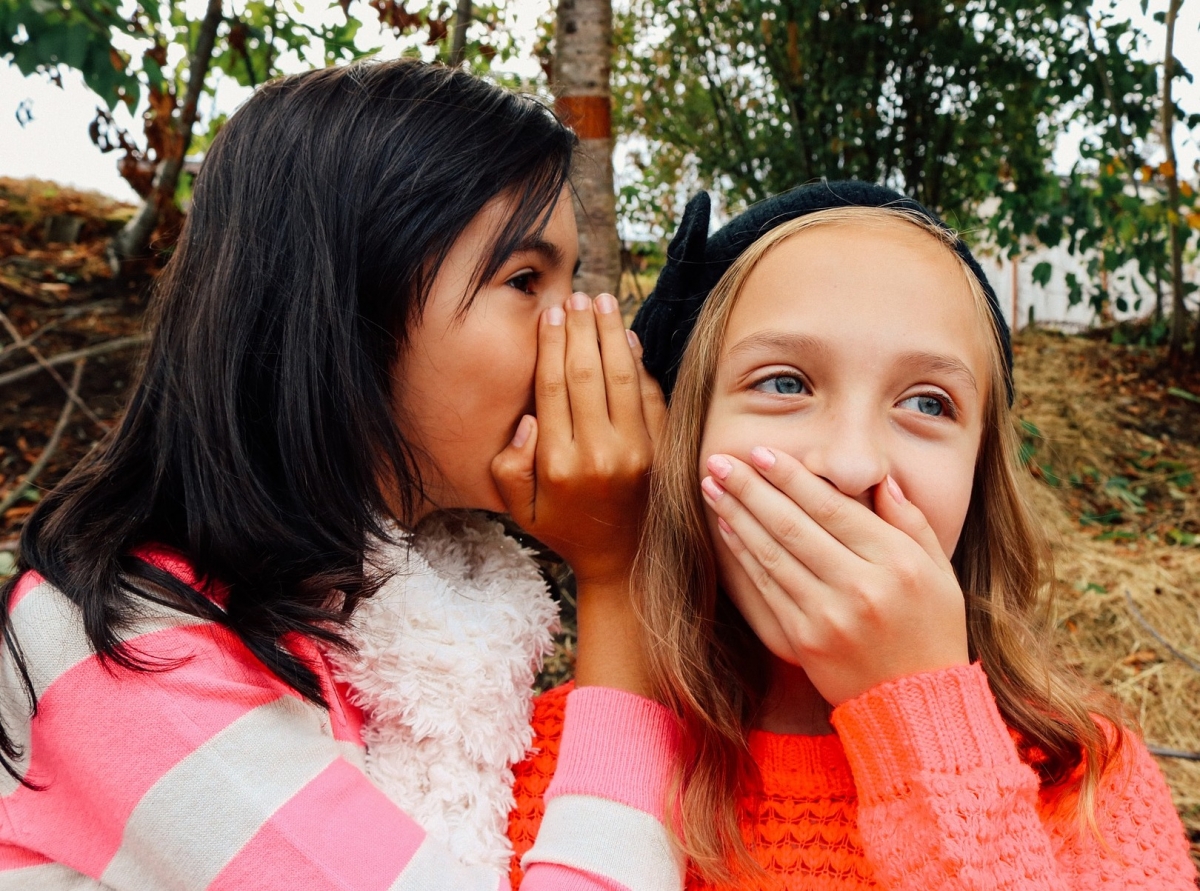 1. Break the ice with these hilarious, kid-friendly “would you rather?” conversation starters or a game of desert island.
1. Break the ice with these hilarious, kid-friendly “would you rather?” conversation starters or a game of desert island.
Ice breakers can help children feel more at ease[4], provide an opportunity for them to share their thoughts, and create an environment where listening and sharing are valued.
2. Build emotional understanding with feelings charades.
Children with better emotional understanding[5] - which includes identifying facial expressions - may be more likely to experience closer and more mutual frienships[6], as well as greater popularity, higher quality play, and less negative behaviours.[7]
3. Make a friendship soup to highlight the qualities that help friendships thrive.
Talking about positive friendship qualities can help build children's social skills[8], which are linked to positive peer relationships.
4. Read and discuss books about friendship for primary and intermediate readers.
Reading fiction, in particular, can help children to learn empathy and be able to put themselves in another's shoes.
5. Use a calming activity, such as dot rock painting, to decrease anxiety.
Once painted, the rocks can be used as a soothing visual and tactile sensory object. Children who experience higher levels of anxiety may be more likely to be bullied by peers. [9]
6. Create opportunities for play and connection, such as through active social distancing games like mirror-mirror, detective, or zip zap zoom.
Make sure to include time to debrief and unwind afterwards. Children need time and space for play [10] in order to build, maintain, and enjoy their friendships!
7. For those connecting virtually, make the most of online with a video-chat scavenger hunt.
Research shows that online interactions can enhance the closeness of friendships in older children and youth.[11]
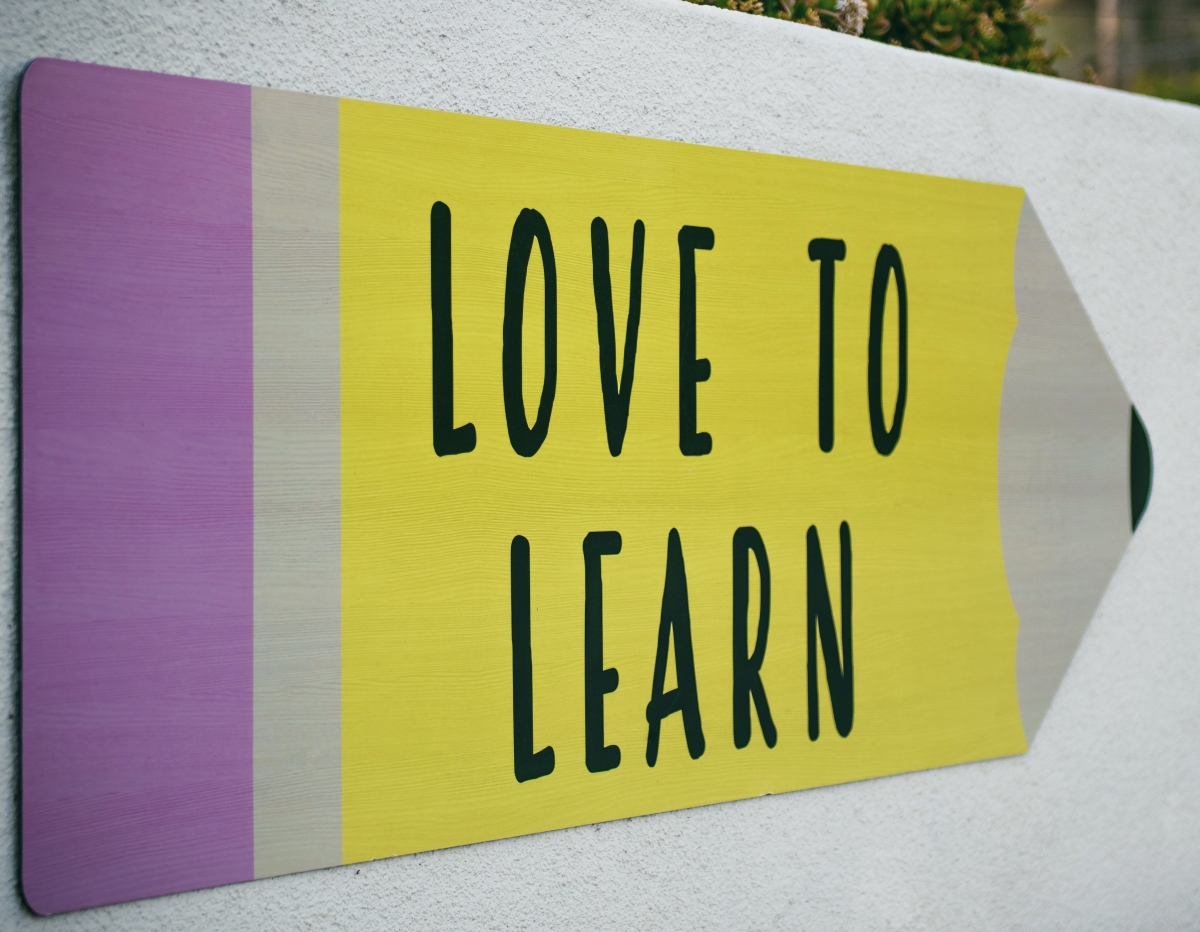
Bonus:
Don’t forget about the power of the teacher-student relationship to create connection and belonging!
Select images from freepik.com
Children with greater emotional understanding may be more likely to experience reciprocal relationships, which are an important indicator of social support.
Anxiety can get in the way of friendships by causing children to interpret
In her research on focus groups with children, Gibson (2007) reports that ice-breakers are a useful way to help children relax in a group, spark group cohesiveness, and potentially enhance the quality of discussion to follow.
According to Pons, Harris, & Rosnay (2004) there are nine dimensions of emotional understanding in children, which develop over time:
- the recognition of emotions, based on facial expressions
- the comprehension of external emotional causes
- impact of desire on emotions
- emotions based on beliefs
- memory influence on emotions
- possibility of emotional regulation
- possibility of hiding an emotional state
- having mixed emotions
- contribution of morality to emotional experiences
In their study of 6 year old Italian children, Laghi et al. (2014) found that those with greater emotional understanding were more likely to have mutual or "reciprocal" friendships with peers.
Pons, Harris, & Doudin (2002) summarize this research in the introduction to their paper "Teaching Emotional Understanding."
A longitudinal study conducted by Sakyi et al. (2015), which followed over one-thousand French children and adolescents for 18 years, found that those with at least one good childhood friend were only half as likely as their friendless peers to experience internalizing symptoms in adulthood, such as anxiety and depression.
Hartup & Stevens (1999) discuss the developmental significance of friendships, such as in easing transitions between schools, in their review of the literature "Friendships and Adaptation Across the Life Span".
A longitudinal study conducted by Kundiff & Matthews (2018), which followed 267 American boys into adulthood, found that those who spent more time with friends as children tended to have lower blood pressure and lower BMI as men in their early 30s.
In their cross-sectional study of 8-14 year-old children with and without an anxiety disorder, Crawford & Manassis (2011) also found that the more anxious a child is, the more likely he or she will be bullied.
In their "Pedagogy of Friendship" model, developed from phenomenological inquiry with 5 and 6 year-old-children, Carter & Nutrbrown (2016) conclude that children both desire, and developmentally require, time and space to nurture their friendships.
In their cross-sectional study of 8-14 year-old children with and without anxiety disorders, Crawford & Manassis (2011) found that having poor social skills predisposed children to experience lower relationship quality and increased their risk of being bullied.
In their study of 794 preadolescents and adolescents, Valkenburg & Peter (2007) found that online communication was positively related to the closeness of friendships, but only when youth communicated online with existing friends (rather than with strangers).
